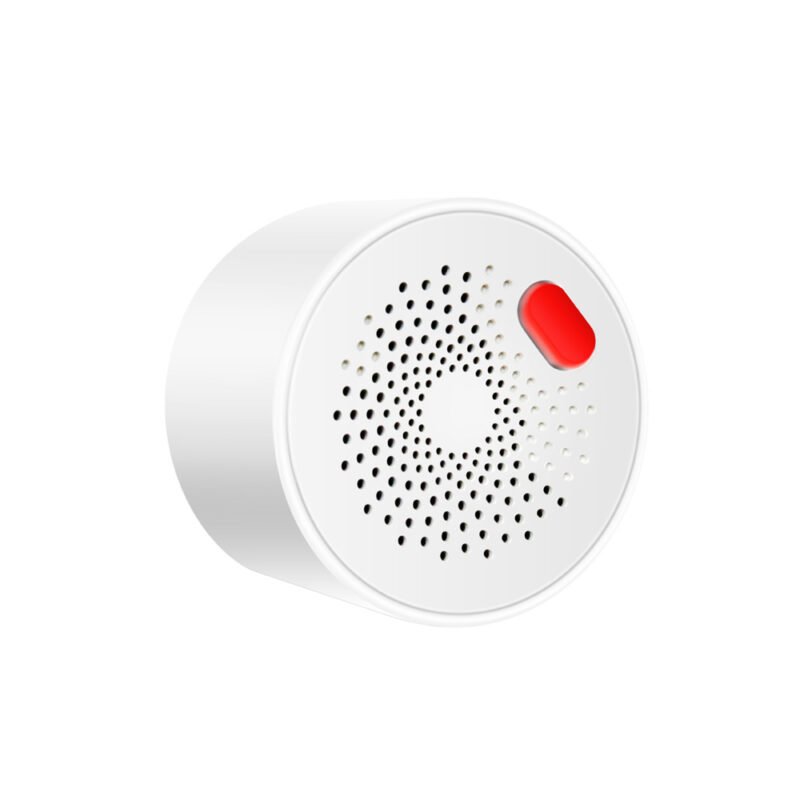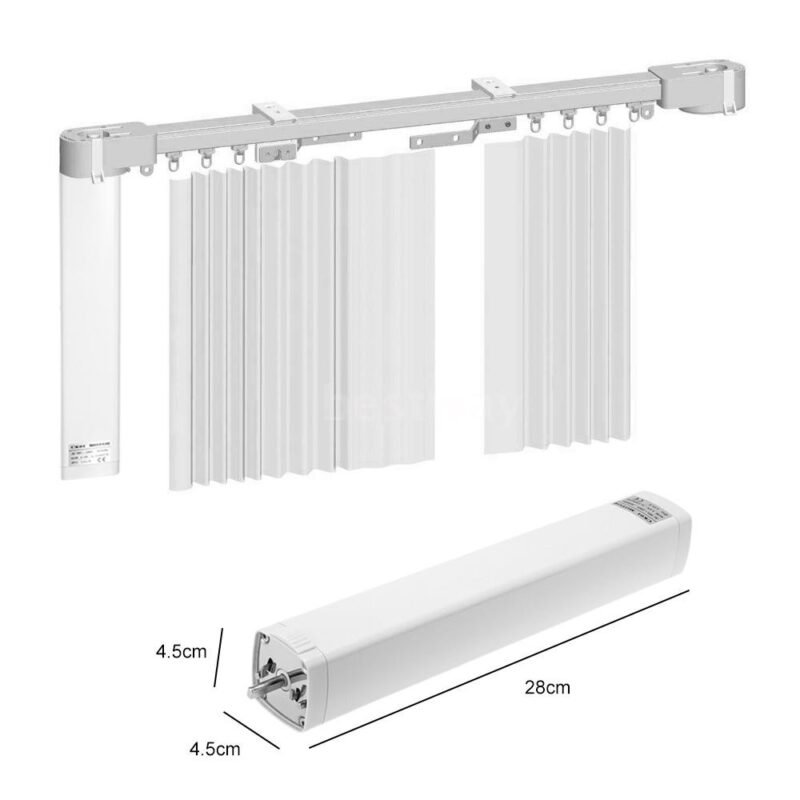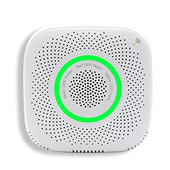Fingerprint Sensor
- fingerprint door locks, safes, boxes, finance, and other security areas.
- Identity system- including access control, industrial computer, POS machine, driving training, attendance, and so on;
- Management areas- including private clubs, management software, and licensing; and
- finance insurance, healthcare, pension payment, and other financial fields.
৳3,300 Original price was: ৳3,300.৳3,000Current price is: ৳3,000.
Description of Fingerprint Sensor
The Module is for fingerprint recognition and archiving. It contains a DSP processor within it. The fingerprint sensor facilitates the comparison of fingerprints and the processing of the image. The module includes six pins, a cable with the proper connection, and free wires with no insulation are also supplied.
It is simple to understand why fingerprint sensors have grown to be so popular and commonplace. Fingerprint sensors give the means to lessen fraud and enable secure access to real estate and logistical assets.
Fingerprints are extremely accurate and dependable since they cannot be lost, stolen, or guess, in contrast to tokens or passwords. Additionally, fingerprint technology is simple to incorporate into existing infrastructure, and the biometric fingerprint sensor is inexpensive.
A very fundamental task carried out by fingerprint sensors is the comparison of data from an earlier scanned fingerprint with a picture of the fingertip. It compares recorded data of a fingerprint, which are determined by heredity and environmental variables.
One of two purposes for fingerprint scanners is identification or verification. If verification is necessary, such as to enter a building, the one verification of an individual’s fingerprint data with a saved reference template is carried out.
Law enforcement frequently uses fingerprint sensor applications after a crime scene. The most typical application for fingerprint scanners outside of law enforcement may be the mobile phone’s fingerprint sensor.
As far as smartphones are concerned, fingerprint technology is intended to make life simpler, but some industries, such as health care system, government, technology, and industrial organizations, as well as establishments like universities and libraries, could also benefit from fingerprint sensors. For example, imagine trying to check out a book using your fingerprint rather than a library card.
Utilizing it is easy. The module may be operated by any serial microcontroller, including the MSP430, 51, AVR, PIC, STM32, ARM, FPGA, pcDuino, and others. The serial port on the PC can also be used to control the module directly.
A very big capacity FLASH chip, super-fast DSP processor, high-efficiency fingerprint matching algorithm, optical fingerprint sensor, and other hardware and software systems make up the fingerprint sensor. The fingerprint sensor performs the following tasks: fingerprint registration, matching, collecting, comparison, and search in addition to reliable and flawless performance.
Areas of usage:
The fingerprint sensor is extensively used and appropriate for both high-end and low-end fingerprint recognition systems.
For example:
- fingerprint door locks, safes, boxes, finance, and other security areas.
- Identity system- including access control, industrial computer, POS machine, driving training, attendance, and so on;
- Management areas- including private clubs, management software, and licensing; and
- finance insurance, healthcare, pension payment, and other financial fields.
How the Fingerprint sensor works:
- The fingerprint algorithm depicts fingerprint information by removing elements from the collected fingerprint picture. Utilizing fingerprint properties allows for the storing, comparison, and search of fingerprints.
- The two steps in fingerprint processing are fingerprint registration and matching, the matching is broken down into two steps: fingerprint comparison (1:1) and fingerprint search (1:N).
- When registering a fingerprint, the input picture is processed twice and two fingerprints are submitted for each fingerprint. The module houses the synthesis module.
When a fingerprint match occurs, the fingerprint sensor is used to input the fingerprint picture for verification and processing. After that, it is analyzed with the fingerprint module in the module (if it matches with a module defined in the module, it is known as fingerprint comparison mode, or 1:1 mode). The module provides the matching result if matching with several modules is referred to as fingerprint search, i.e. 1:N mode (pass or fail).
Only logged in customers who have purchased this product may leave a review.
Related products
-
Smart Sensor
Smart Gas Detector
Rated 0 out of 5৳3,000Original price was: ৳3,000.৳2,900Current price is: ৳2,900. -
Smart Sensor
Innovate Smart Laser Sensor
Rated 0 out of 5৳6,000Original price was: ৳6,000.৳5,400Current price is: ৳5,400.






Reviews
There are no reviews yet.